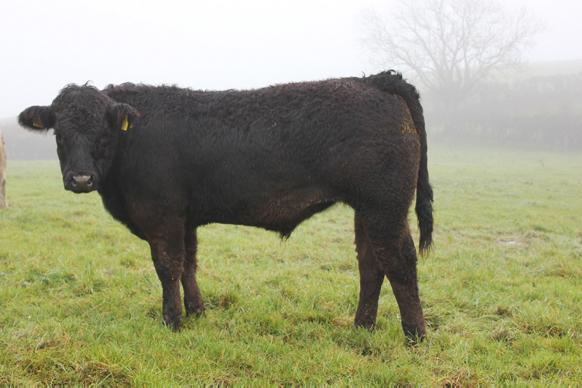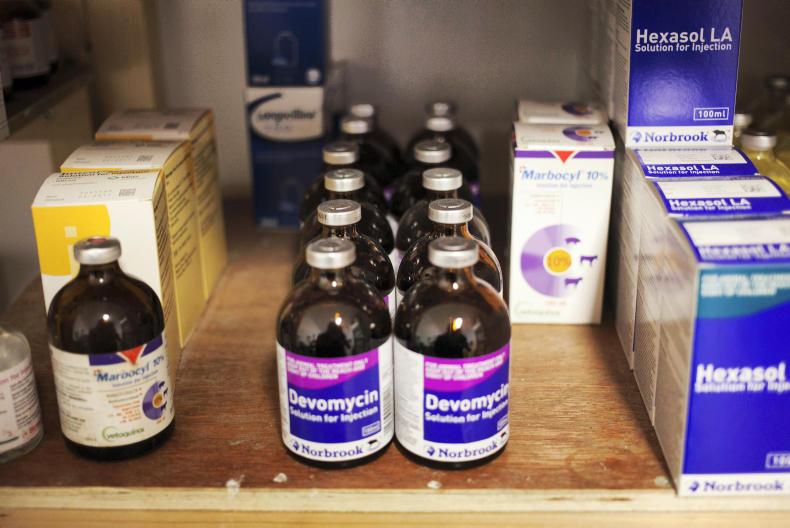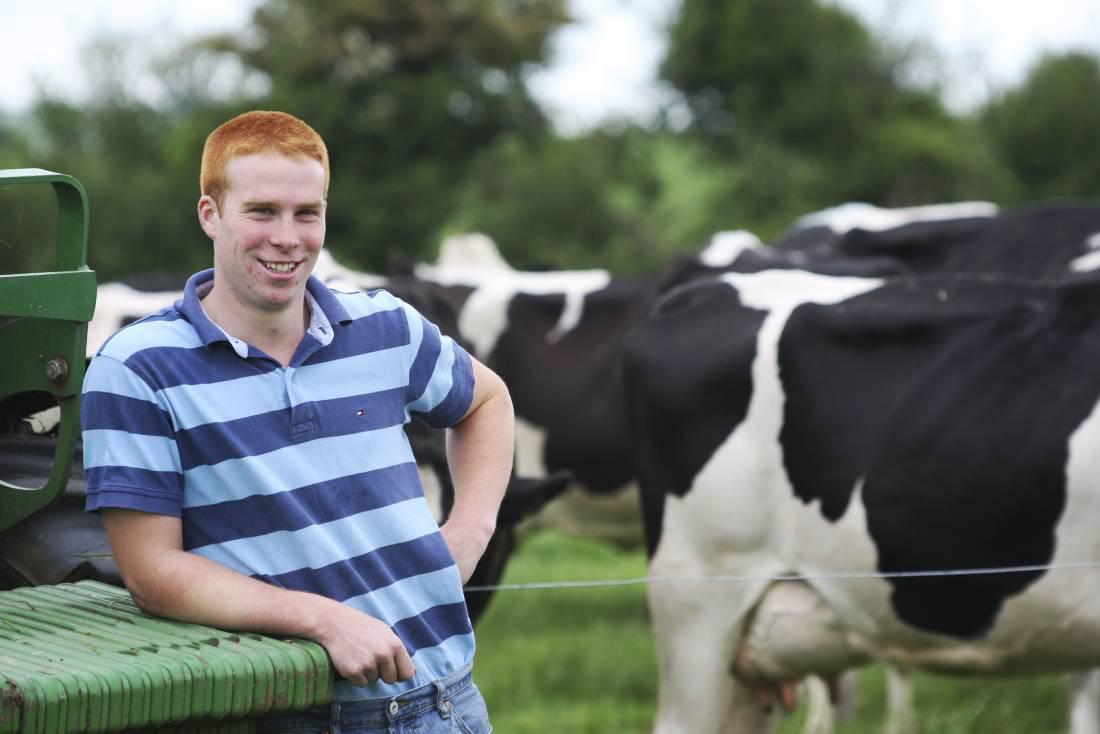A report released by Defra last week has highlighted that the UK has made good progress in reducing the amount of antibiotics used in agriculture.
Compared with 2015, sales of antibiotics for use in food-producing animals were down 27% last year, and have surpassed a government target of 50mg/kg two years early.
That target was set in response to a review on antimicrobial resistance (AMR), chaired by economist Jim O’Neill, which published its final report in May 2016. The review set out in detail why it is a vital issue for society, estimating that currently 700,000 people die every year from drug-resistant strains of common bacterial infections, but that this figure could rise to 10m per year by 2050 unless action is taken.
One way is to reduce the amount of antibiotics used in agriculture. It is a complex issue, but the general consensus is that widespread use of antibiotics on farms is a threat to human health as it could encourage the development of resistance.
While good progress has been made in the UK, it is only the start and this issue is not going away – it remains a top government priority.
To coincide with the release of the Defra report last week, the Responsible Use of Medicines in Agriculture (RUMA) Alliance (which includes, as members, various farm organisations including the UFU) published a set of sector-specific targets.
In pigs, where antibiotic usage is still highest, despite significant progress in recent years, the target is for a further 60% reduction in usage by 2020.
In the dairy sector, it is calling for a 20% reduction, with particular focus on less use of antibiotic dry cow therapy.
In the beef and sheep sectors, which are both recognised as low users of antibiotics, the target is a 10% reduction. One of the main ways to achieve this is to encourage more use of pneumonia vaccines in calves.
Going forward, it is all about prevention rather than cure.










SHARING OPTIONS